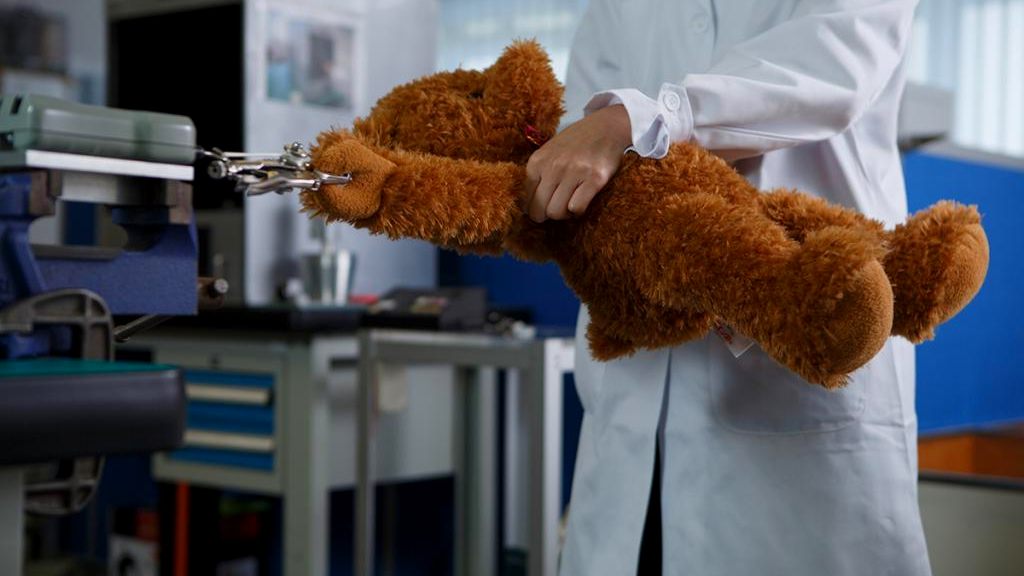

Toys are definitely fun and educational tools, but some toys can be dangerous. Toys, whether they are building blocks, mechanical or children's creativity, must be reliable. Many children are injured each year by toys. In 2016, around 15 thousand children under the age of 175 were brought to emergency services due to toy-related injuries. This means about 500 children every day. Almost half of these injury incidents are in children aged 5 and under.

In recent years, with the increasing number of toy recalls from the market, there has been a greater focus on the quality and safety of toys on a global scale. Essentially, most of the world's toy production is produced in China (China produces almost 70 percent of the world's toys). In this regard, the toy industry is very intertwined internationally and concerns about safe children's products are universal. Therefore, especially in developed countries, both the legal regulations for national security have been strengthened and the interest shown to comply with a set of international standards has increased.
For this purpose, the ISO 8124 series of standards has been developed by the International Standards Organization (ISO). These standards aim to minimize potential hazards associated with toys and provide comprehensive testing methods for toy products. While preparing the ISO 8124 series of standards, the following two standards were taken:
These standards address the potential hazards encountered in the case of acceptable foreseeable abuse in the normal use for which a toy is intended. In addition, these standards do not cover product performance or quality other than safety.
The ISO 8124 standard also covers toys and materials designed to be played by children under the age of 14. The requirements of this standard include acceptable criteria for the structural features of toys such as shape, dimensions, small parts, sharp points and edges, and hinge openings.
The sections that make up the ISO 8124 standard are as follows:
Generally speaking, the ISO 8124 set of standards allows for a variety of national inputs to reduce test redundancies, close toy safety test gaps, and improve existing standards. Mainly, a significant amount of toy recall incidents are due not to initial design defects, but to problems arising during production and often first batch testing. This set of standards for toy safety helps make communication between toy companies and manufacturing facilities more transparent. Toy companies no longer have to worry about production distortions that could put children's safety at risk.
The test methods applied in our laboratories comply with all national and international specifications and prevent products from getting stuck in possible legal regulatory gaps.
Our organization provides testing services within the scope of ISO 8124 Toy safety standard to the requesting organizations, within the framework of national and international standards, with its trained and expert staff and advanced technological equipment, among numerous testing, measurement, analysis and evaluation studies.
To get an appointment, to get more detailed information or to request an evaluation, you can ask us to fill in our form and reach you.